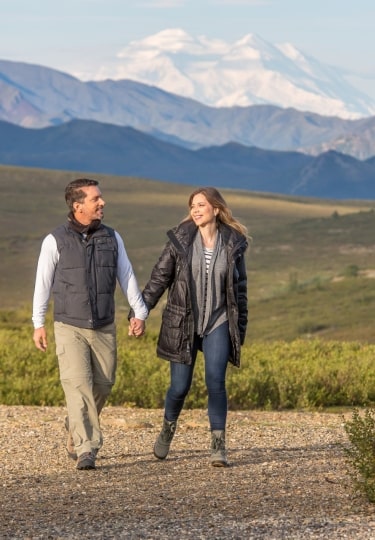Alaska in August is a wonder to behold. Many locals would say that this is the best time of year to visit. The days are long and sunny, with temperatures perfect for hiking, sea-kayaking, and other outdoor adventures. Best of all, most of the mosquitoes and other pesky insects that crop up in early summer are gone.
August in Alaska is the perfect time to see wildlife in its native habitat, from grizzly bears—known as brown bears in coastal regions—to bald eagles. This is the time of year when humpback whales migrate north from Hawaii and orca hunt in these waters. It’s also one of the best times to dine in Alaska, thanks to the abundance of local seafood.
Here are just a few of the best things to do and what to expect when visiting Alaska in August.
Ideal Weather

Alyeska
Alaska is very much a seasonal destination. Winters plunge the whole state into seemingly eternal night, with frigid temperatures and blizzards that routinely take out roads. Most local businesses close so that their owners can skip town for warmer climates.
Summers in Alaska are famously the polar opposite, with light from the midnight sun stretching well into the night. Unlike many destinations, however, even in August, Alaska rarely gets brutally hot. Instead, expect extremely pleasant weather during the day with slightly cooler evenings. Pack a jacket and a few breathable layers to err on the safe side. Although August is a ways off from the summer equinox, it still sees plenty of sunshine.
The Chance to Walk on a Glacier
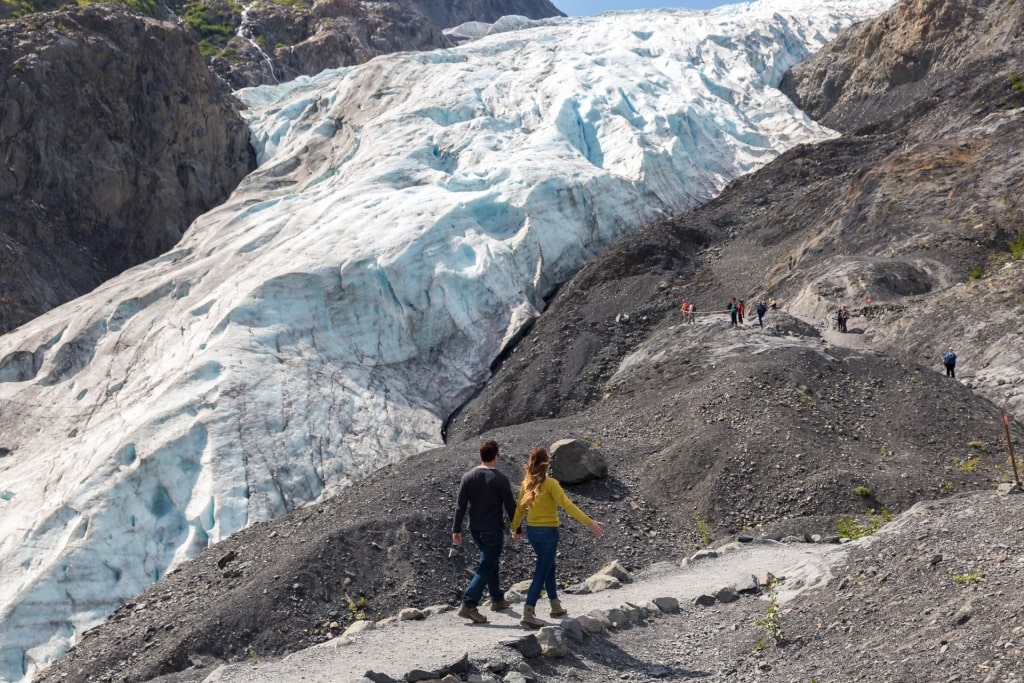
Exit Glacier
One of the many reasons to visit the charming town of Seward, Alaska is that it offers the rare opportunity to walk directly on a glacier. Better still, while some of these rivers of ice require serious mountaineering skills to reach, Exit Glacier couldn’t be more conveniently located. It’s roughly a 15-minute drive out of downtown. It’s especially enjoyable to visit in August, when the warmer afternoons shield travelers from the icy chill.
For climbers, this is the ideal 3,000-foot gateway to the Harding Icefield. For day-trippers, there are a series of well-maintained trails suitable for most ages and levels of experience. The Glacial View Loop is only a mile in total and, true to its name, offers incredible views. As a bonus, the National Park Service offers a free self-guided audio tour.
See Alaskan Wildlife Up Close

Alaska Wildlife Conservation Center
It can be great fun to take a bus safari through Denali National Park or other protected areas in search of wildlife. The reality of any such journey, however, is that the critters you spy are wild and you may not get a close up view.
If you’d prefer not to leave your animal-spotting to chance, pay a visit to the Alaska Wildlife Conservation Center. Located an easy drive from either Anchorage or Girdwood, this rehabilitation and education center keeps animals essentially in their native habitat.
Here, you can see an entire herd of wood bison roaming free in an enormous enclosure. There are also a trio of brown bears, a pack of gray wolves, moose, elk, muskox, and reindeer.
Humpback Whales in Their Summer Home
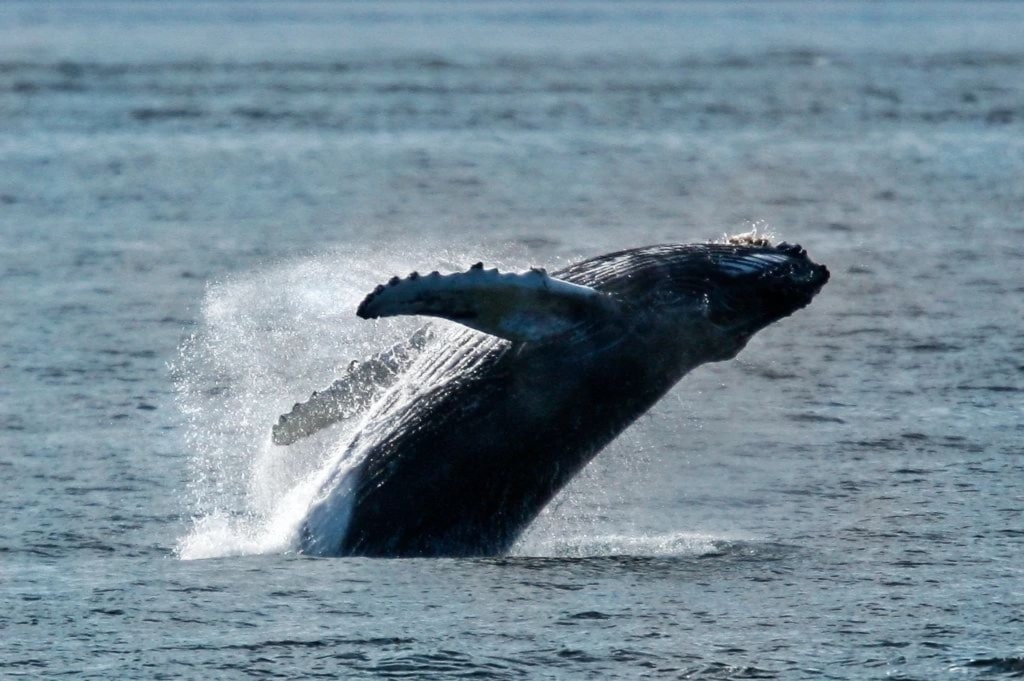
Humpback whale
When it comes to whale-watching in Alaska, it just doesn’t get much better than Point Adolphus in the Icy Strait, near Hoonah. There’s a good reason why so many marine mammals are drawn to this area, where the water passes through the northern Inside Passage and flows to the Pacific Ocean. That exchange means these waters are particularly rich in nutrients, as well as the krill, which are tiny crustaceans, and small fish that feed on them.
Each summer, thousands of humpback whales migrate all the way north from Hawaii to feast on krill and store up nutrients for their long return journey. That means the Icy Strait is a prime location to see a pod bubble feeding.
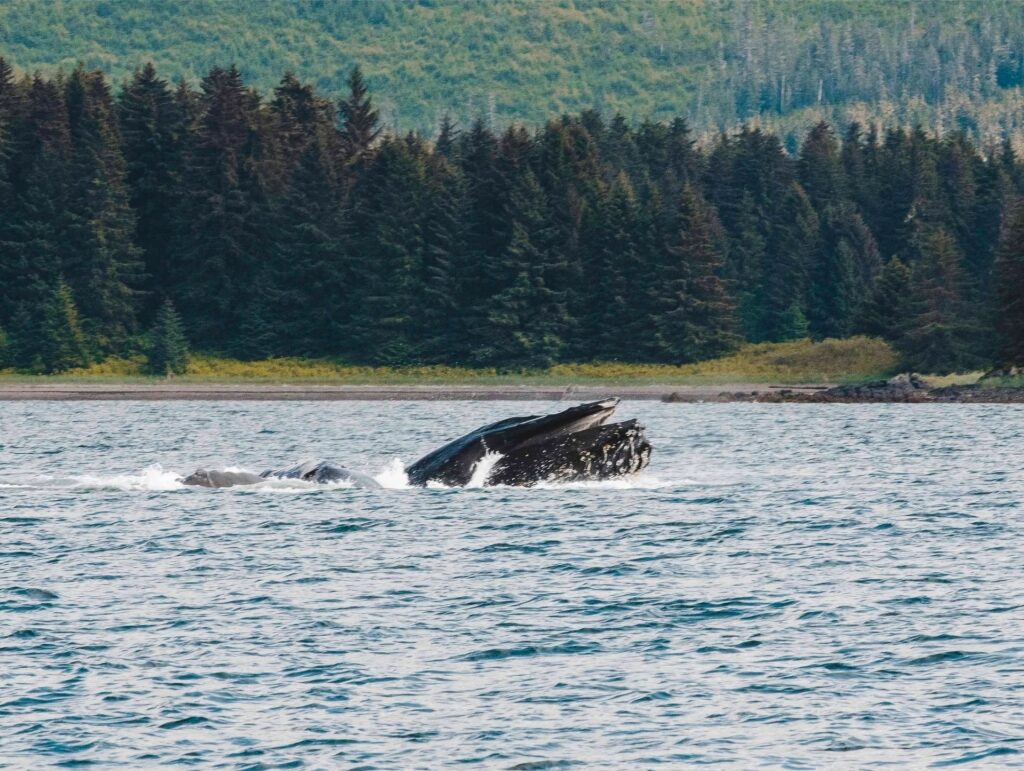
Humpback whale
In this rather ingenious form of hunting, humpback whales corral their prey by blowing rings of bubbles around them. Once the krill are surrounded, the whales rise up from the depths, breaking through the water’s surface with their gaping jaws.
Dall’s porpoises are also regularly spotted in these waters. These relatively small porpoises are curious creatures who will come quite close to boats to take a look. Both resident and transient orcas hunt in these waters as well. The former feed exclusively on fish and tend to stick to one extended territory. The latter, meanwhile, hunt seals and other marine mammals and have a tendency to roam.
Local Produce Grown Under the Midnight Sun
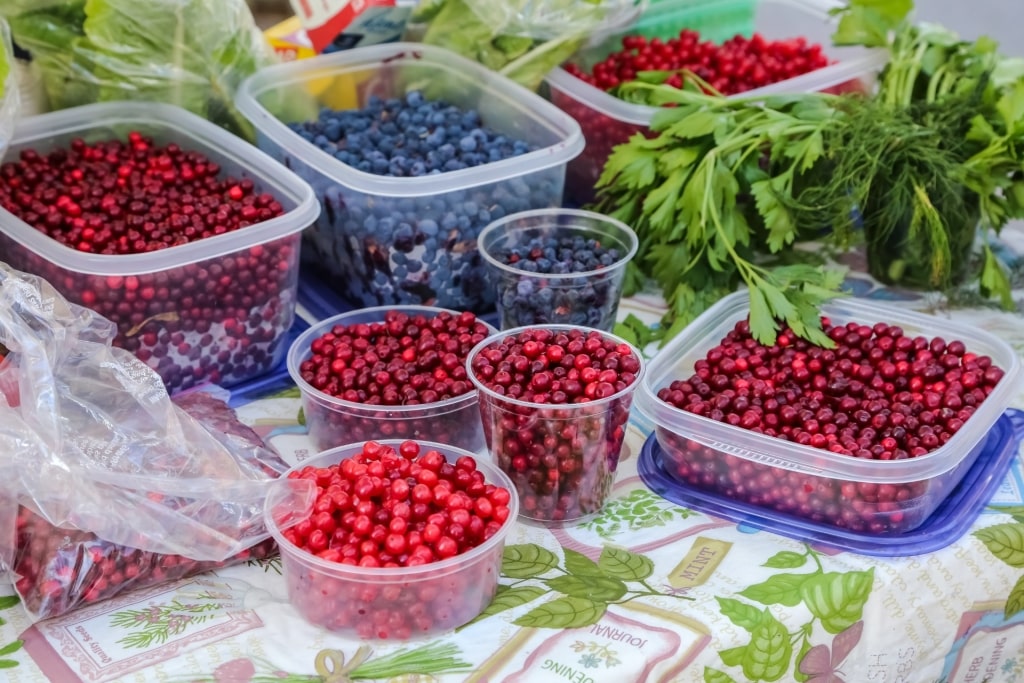
Berries
Because importing just about anything into the 49th state is pricey, locals try to hunt, forage, fish, and grow whatever they possibly can. The best time to enjoy the fruits of this labor is August in Alaska, when berry bushes of all kinds are producing fruit.
Both in the farmers’ markets and along trails, you can expect to find blackberries and raspberries, along with a few lesser-known varieties. Salmon berries—which look like pale pink raspberries—can often be found on hiking routes and are particularly delicious.
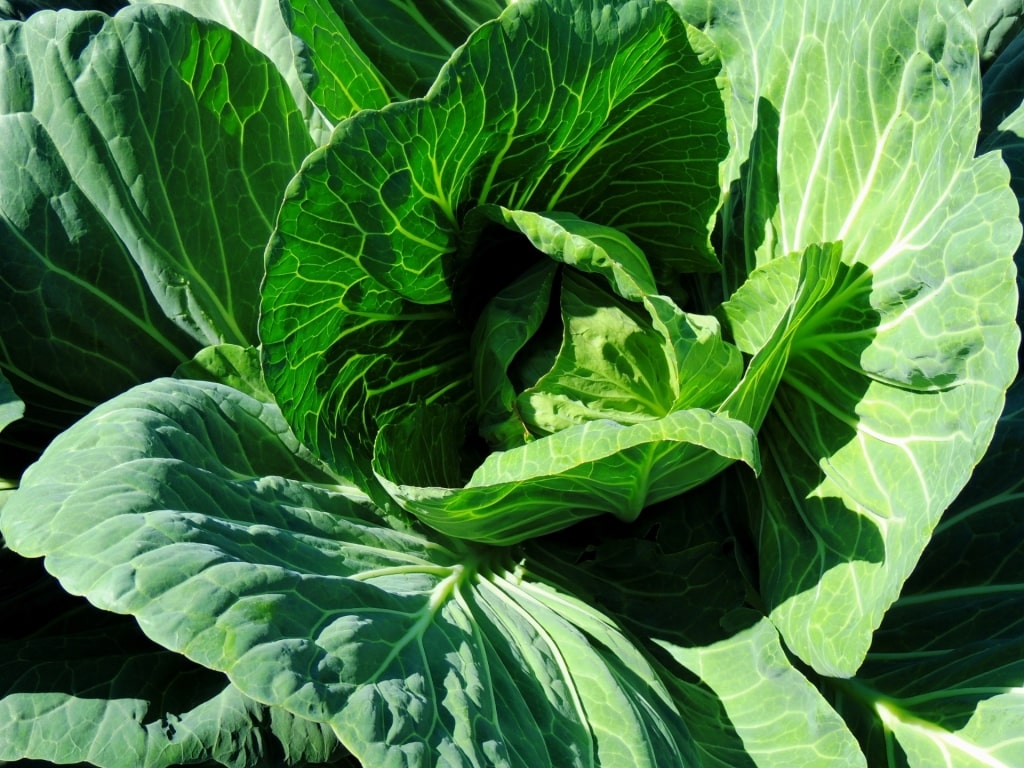
Cabbage
August also offers the opportunity to witness a distinctly Alaskan phenomenon: absolutely gigantic vegetables. Thanks to almost 24 hours of sunlight, cabbages, pumpkins, and other produce grow to astonishing proportions up here.
Picture 40-pound red beets, oversized Brussels sprouts, and a whopping 168-pound watermelon. You can see them in all their freakish glory at the Alaska State Fair each August and September in Palmer—an easy drive from downtown Anchorage.
See Rescued Black and Brown Bears
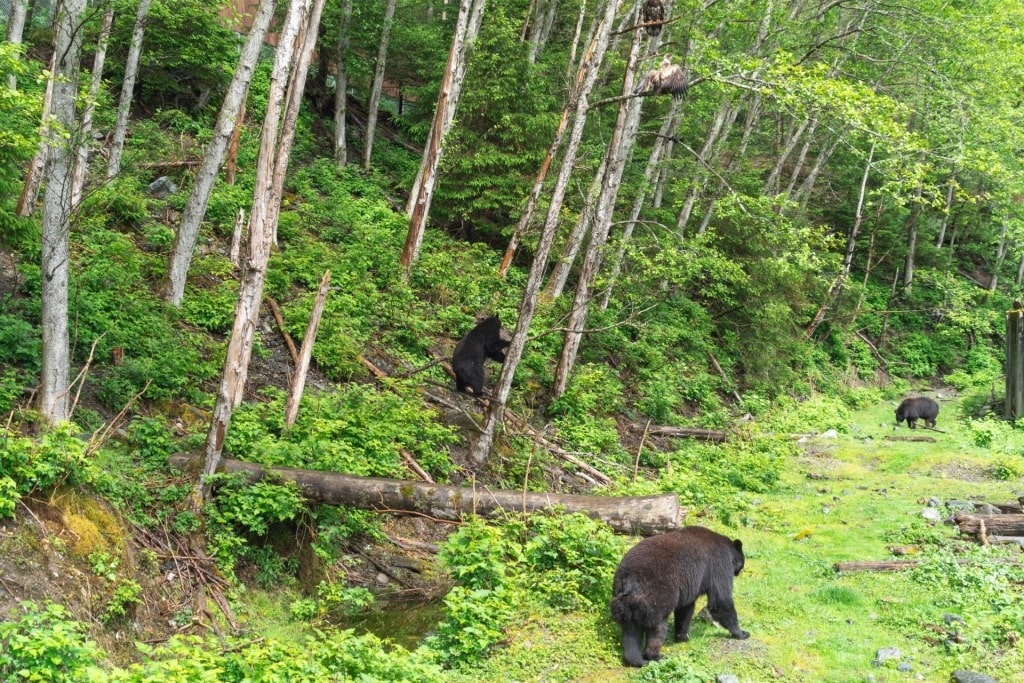
Fortress of the Bear, Sitka
The Fortress of the Bear in Sitka is one of the best places to see bears in Alaska, offering an up-close look at both black and brown bears. The viewing deck here gets you within 25 feet of these majestic, highly intelligent mammals. Opened in 2007, this rescue center is dedicated to saving orphaned and injured bear cubs.
Without intervention, these cubs would often be euthanized or unable to survive in the wild. This nonprofit has given dozens of bears a second shot at life. Some of the bears here have been fully rehabilitated and released back into the wild. Others live out the rest of their days in these expansive, well-maintained habitats.
Note that because the Fortress of the Bear is extremely popular and space is limited, it’s important to book ahead. The center reserves some space for walk-ins, but to err on the safe side, reserve your slot well in advance. While the bears here are the star of the show, the dedicated staff come in close second.
Admire Birds of Prey at the Alaska Raptor Center
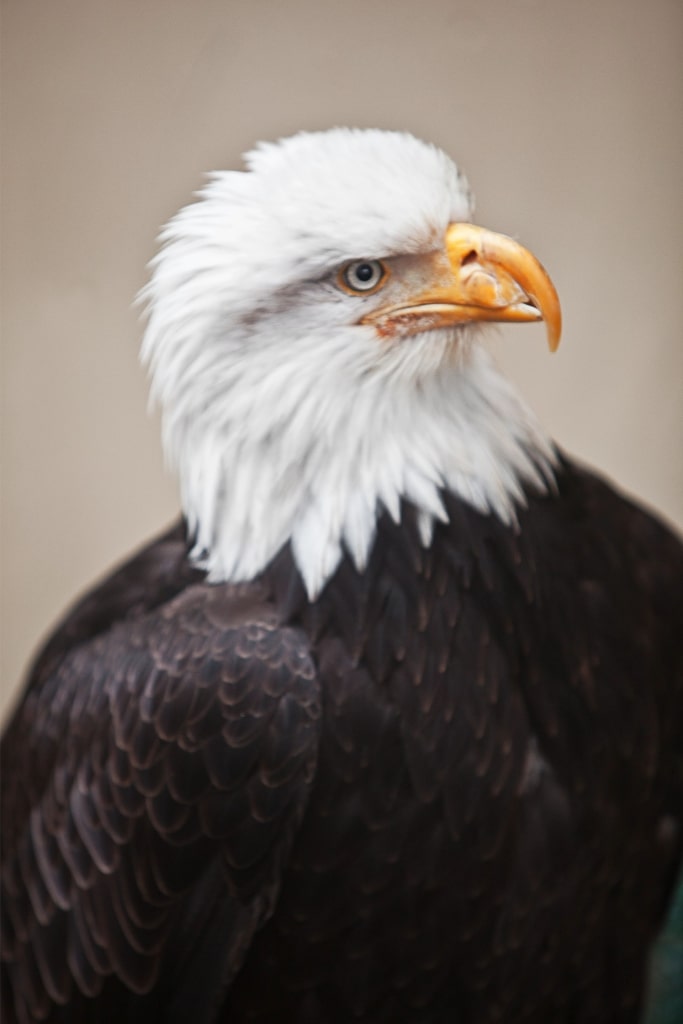
Bald eagle
Alaska is home to an astonishing array of avian life. When it comes to spotting bald eagles in the wild, there’s no better place on Earth. While America’s national bird may be a rarity in much of the lower 48 states, in Alaska, these magnificent predators are abundant.
Even though birds of prey are thriving here, they still need a little help sometimes. That’s where the Alaska Raptor Center comes in. This establishment is not a zoo, but rather a rehabilitation center dedicated to getting injured birds back into the wild. More than 200 injured birds receive medical treatment here each year. The vast majority of these are set free again. Those that would not be able to survive in the wild are allowed to live out the rest of their days in the center.
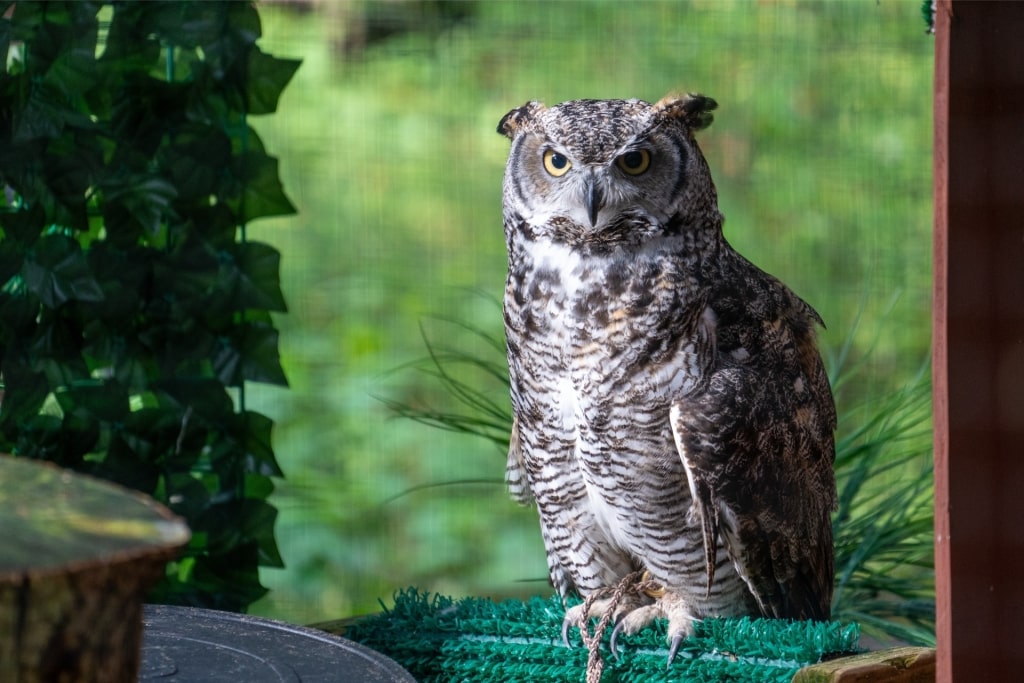
Owl
For avid birders and families with curious kids, this is one of the best places to get up close to falcons, eagles, owls, and hawks. The highly knowledgeable staff are passionate about what they do and make this a particularly engaging experience.
Should you feel inspired to contribute after your visit, you can always “adopt a raptor.” As a sponsor, you’ll receive a photo and written bio of the bird you’re helping.
Read: Best Things Do in Alaska With Kids
Your Best Chance of Seeing North America’s Tallest Peak

Denali National Park
The highest mountain peak in North America is currently federally designated as Mount McKinley, but to Alaskans, it has always been and remains Mount Denali. The word means “the great one” in the language of the Koyukon Athabascan people. At 20,310 feet above sea level at the summit, it’s easy to understand why the Alaskan mountain earned its moniker.
The mountain is both famously challenging to climb and difficult even to see in all of its glory. The peak is so high that it effectively creates its own weather patterns. On most days, the summit is obscured by a fine wreath of clouds.
Yet the fact that so few people get a clear photograph of it only adds to its allure. Those who have the rare honor often refer to themselves as part of the “10% club.” While there’s never any guarantee of seeing the top of the mountain, your best shot is in late summer, a great time to take a sightseeing flight around this vast mass of rock and ice.
Pan for Real Gold at Gold Dredge 8

Gold Dredge 8
As Mark Twain once wrote, “There’s gold in them thar hills!” While the heyday of the Klondike Gold Rush has long since passed, there is indeed still valuable metal to be found in Alaska. For a family-friendly crash-course in history, try your luck at panning for it yourself.
Located in Tanana Valley, near Fairbanks, the Gold Dredge 8 was still a working mining operation up until 1959. Rather than dismantle it, the owners opted to turn it into a museum dedicated to the history of the region. Visitors start their journey with a quick ride on a replica of the Tanana Valley Railroad, then embark on an immersive tour.
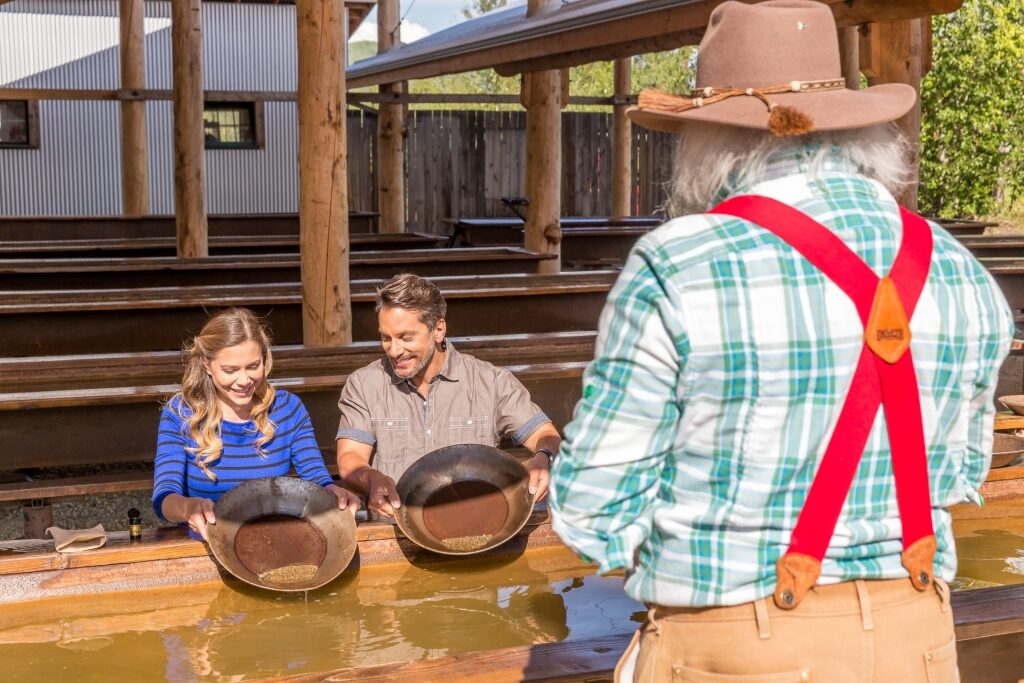
Gold Dredge 8
At the very end, you’ll have the opportunity to pan for gold—and keep anything you find in the process. While it’s relatively rare to pick up a gold nugget, every year a few visitors walk home with a very valuable souvenir.
Go Gallery Hopping Along the Homer Spit

Homer Spit
For generations, Homer has attracted a bohemian crowd of artists and creatives. Unlike larger scenes in New York or Los Angeles, Homer is less driven by the art market. As a result, the small city is home to a thriving, less conventional gallery scene. Think: artist co-ps and DIY spaces in contrast to blue chip megagalleries.
The best place to take it all in is the Homer Spit, a spindly, four-mile peninsula in Ketchikan Bay lined with quirky boutique shops, cafés, galleries, and eateries. It’s the perfect place for a stroll, particularly because the scenery surrounding it all is so gorgeous. Look up and you’re likely to see bald eagles swooping overhead.
Watch Ice Calve Off the Hubbard Glacier
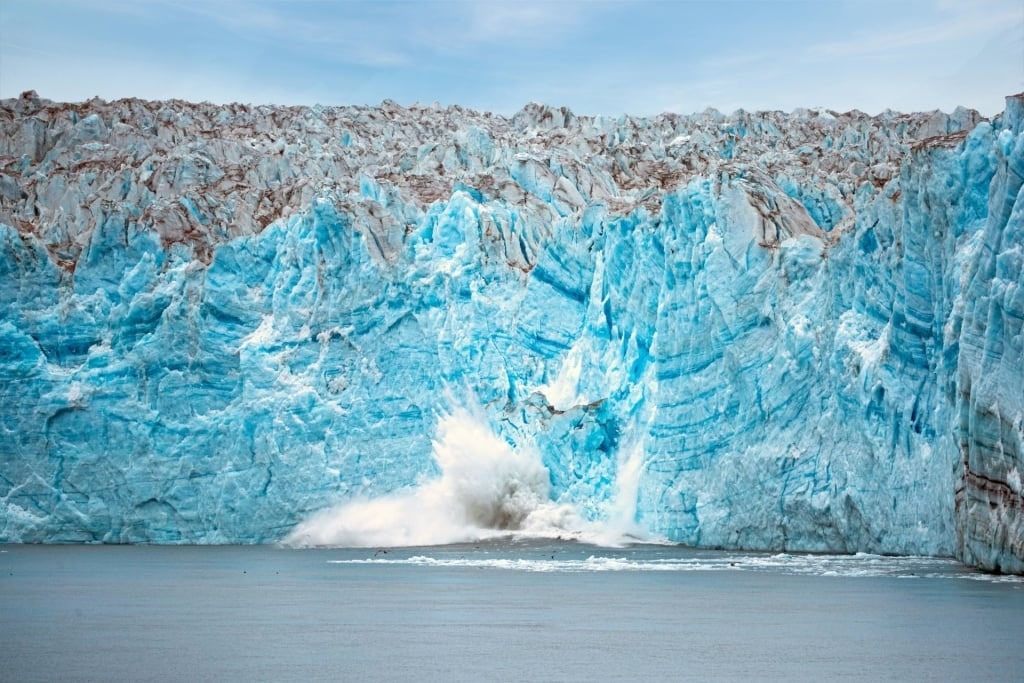
Hubbard Glacier
As anyone who has ever approached a tidewater glacier before will tell you, it’s an almost otherworldly experience. When you’re near one of these slow-moving rivers of ice, the temperature in the air drops perceptibly. An eerie stillness seems to settle over the surroundings. And then, as if out of the blue, a thunderous cracking sound splits the air and a massive sheet of blueish ice tumbles into the water.
Glacial calving, when a piece of a tidewater glacier splits off and crashes, is truly a humbling thing to witness. It’s also increasingly rare, especially as climate change has caused many of Alaska’s glaciers to recede.
The Hubbard Glacier, which is six miles wide and 400 feet tall, is one of the most active tidewater glaciers in the region. Travelers are only allowed to approach up to a certain distance, as the pieces of ice falling off may be the size of a house.

Denali National Park
Discover all the adventure, wildlife, history, and natural splendor that the Last Frontier has to offer when you book an August cruise to Alaska with Celebrity. Browse itineraries and book your big adventure today.
